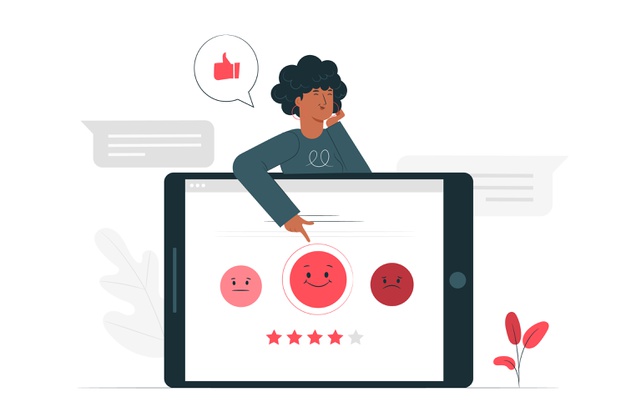There should be a minimum of 4 User Experience (UX) questions that you could ask along with the best practices on the UX surveys. Not all customers would report the same kind of experience, so it gets necessary for you to learn how you could gather the best survey of your target audience’s experiences. It would give you actionable feedback throughout a range of customers you surveyed.
If you are wondering why you need to know the specific things you should ask your clients, a specific structure of a survey that is client-centric enables you to understand specifically how to prepare survey questions and why at all should you prepare. If you clearly understand what, how, and why you should survey, what you need to survey, and how your survey would give you an in-depth understanding of your target audience’s response.
The reason behind the survey
When you build a survey based on best practices, it becomes a powerful tool that is based upon some inexpensive method of communication with the customers (B2B or B2C). You can create your target customers so that you understand the precise reason why, how, when, and where your clients buy from your business, something that is based on some really simple questions.
Discover your customers’ true feelings with tailored UX surveys! 🚀
Start improving experiences today with piHappiness! 😊The more important point is to understand your goals. What are the elements you wish to derive from your survey? Who are your best audience and their demographics? Understand how you could use the subgroups to find out what specific feedback about your product or service.
The method to use in the survey
A mere yes or no response cannot divulge what your audience feels. You need context. Consider making a combination of questions that can provide both yes or no as answers with other non-structured and detailed responses. This helps you receive a deeper understanding of the responses of target clients. The combination of highly configured yes and no questions along with open-ended survey questions would provide a better understanding of how and where the target group would interact with your service and product.
While choosing open-ended questions, you could also bring in follow-up questions along with questions that are partially structured. This helps your respondents give specific feedback plus add extra if they want. For instance, if you are in the process of surveying a sample size about the new restaurant you opened, you need to understand your target group’s age, gender, profession, location, and much more. When you blend with deeper questions, you will readily fathom their specific personal preferences, choices, and tastes.
What do you need to survey?
If you took the instance of the food and dining experience, what type of survey would help you understand how viable your enterprise is and how you may need to plan for your business future? Both specific questions with a yes or no and some open-ended questions will give you a wider perspective of the needs of your demographics. Check the following questions you could work on:
- Closed-ended (yes or no): Did you visit the said restaurant within the last six months?
- Specific and categorized question: Which of the menu’s cuisine was the most appetising?
- Filtering question: On a scale of one to ten, rate your likelihood of considering the restaurant while dining out.
- Questions that are partially unstructured: What would be that one reason to avoid our restaurant?
Survey evaluation
Your target clientele can provide you with loads of data if you can clean it to gather its meaning. Most of the data from the survey are a complete mess, with some respondents not answering the predefined ones or answer those questions that are not on the list. You could clean the data to remove all kinds of information that is unnecessary.
After you are confident of having a suitable data set, begin with specific sample size. You would require a good large enough size sample to give you accurate information so that you could extrapolate to get the real significance. Then you go about tabulating your data in order to understand the basic information. Finally, you cross-tabulate the rest of the data. Separate the sub-sections and compare and analyze the information gathered. Check the way your respondents responded to the questions according to each subgroup.
It is better to avoid looking at the data, rather than focus on the insights. This could be extremely subjective yet provide you with an explicit range of information.








